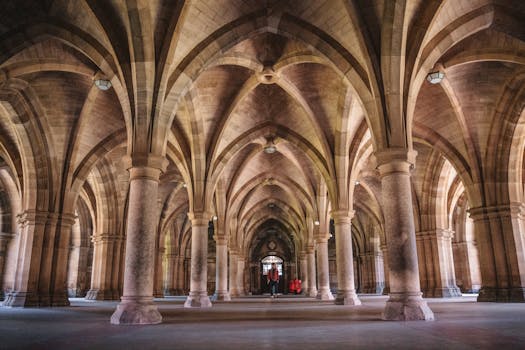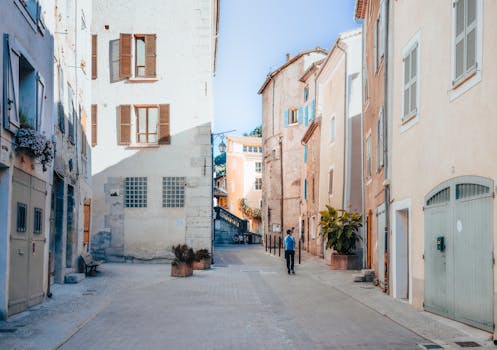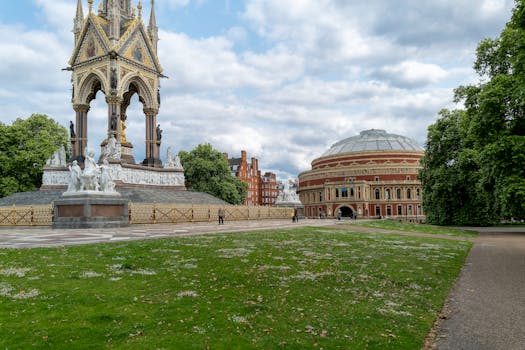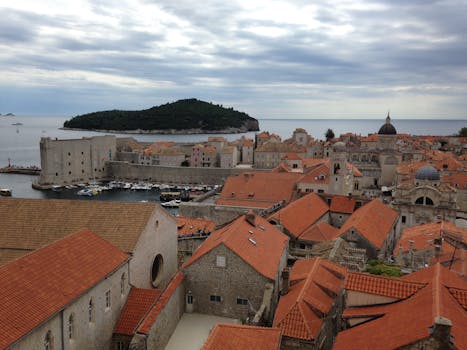
Traveling Through Time: How Europe’s Historical Heritage Shapes Modern Lifestyles in 2025
Traveling Through Time: How Europe’s Historical Heritage Shapes Modern Lifestyles in 2025. Europe, a continent steeped in history and heritage, has long been a hub of cultural, artistic, and architectural innovation. From the Colosseum in Rome to the Eiffel Tower in Paris, Europe’s historical landmarks have stood the test of time, continuing to inspire and influence modern lifestyles in 2025. In this article, we will explore the ways in which Europe’s historical heritage shapes modern lifestyles, from architecture to art, and cuisine to traditions.
Introduction to Europe’s Historical Heritage

Europe’s historical heritage is a rich tapestry of cultures, empires, and traditions that have evolved over centuries. From the ancient Greeks and Romans to the Renaissance and beyond, each era has left its mark on the continent. Today, this heritage can be seen in the architecture, art, literature, and cuisine of Europe, which continue to inspire and influence modern lifestyles. Whether it’s the grandeur of a Gothic cathedral or the simplicity of a traditional folk dish, Europe’s historical heritage is a constant reminder of the continent’s rich cultural past.
Architecture and Urban Planning

One of the most visible ways in which Europe’s historical heritage shapes modern lifestyles is through architecture and urban planning. Many of Europe’s cities, such as Rome, Florence, and Venice, have preserved their historical centers, with narrow streets, piazzas, and grand buildings that date back centuries. These cities have become popular tourist destinations, with visitors drawn to their unique blend of history, culture, and architecture. In addition, many modern buildings and developments in Europe are designed to reflect the continent’s historical heritage, with architects incorporating traditional materials, styles, and techniques into their designs.
Art and Culture

Europe’s historical heritage has also had a profound impact on the continent’s art and culture. From the Renaissance masters to modern artists, Europe has been a hub of creative innovation, with many artists drawing inspiration from the continent’s rich cultural past. Today, this can be seen in the numerous museums, galleries, and festivals that take place across Europe, celebrating the continent’s artistic heritage. In addition, many modern artists and designers continue to draw on traditional techniques and styles, such as woodworking, textiles, and ceramics, to create unique and innovative works of art.
Cuisine and Traditions

Another way in which Europe’s historical heritage shapes modern lifestyles is through cuisine and traditions. Many of Europe’s traditional dishes, such as pasta, pizza, and paella, have become popular around the world, with each region having its own unique specialties and ingredients. In addition, many modern restaurants and chefs continue to draw on traditional cooking techniques and ingredients, such as slow-cooked stews and roasted meats, to create innovative and delicious dishes. Europe’s historical heritage can also be seen in the many festivals and traditions that take place across the continent, such as the Tomatina festival in Spain and the Carnival of Venice.
Conclusion

In conclusion, Europe’s historical heritage continues to shape modern lifestyles in 2025, from architecture to art, and cuisine to traditions. The continent’s rich cultural past has left a lasting legacy, inspiring and influencing modern innovation and creativity. Whether it’s the grandeur of a historical landmark or the simplicity of a traditional folk dish, Europe’s historical heritage is a constant reminder of the continent’s unique cultural identity. As we look to the future, it’s clear that Europe’s historical heritage will continue to play an important role in shaping modern lifestyles, inspiring new generations of artists, architects, chefs, and innovators.





